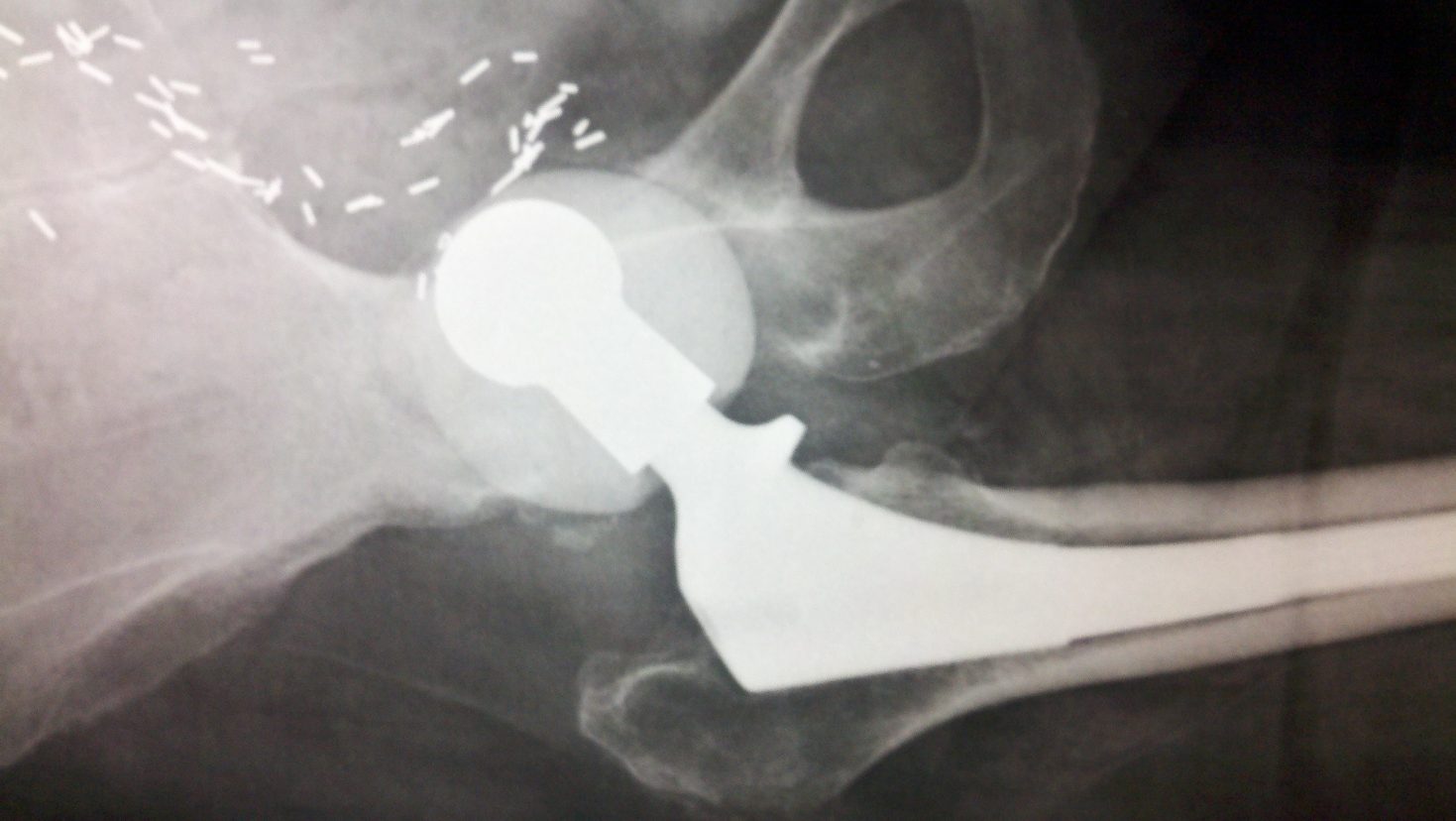- Discussion:
- outcome studies:
- references:
- Two-stage reconstruction of a total hip arthroplasty because of infection.
- Surgical treatment of the infected hip implant. Two-stage reimplantation with a one-month interval.
- Treatment of the infected total hip arthroplasty with a two-stage reimplantation protocol.
- The Use of Bone Allografts in Two-Stage Reconstruction after Failure of Hip Replacements Due to Infection.
- Persistent infection associated with residual cement after resection arthroplasty of the hip.
- Two-stage revision HA for infection with a custom-made, antibiotic-loaded, cement prosthesis as an interim spacer.
- Individual bone cement spacers (IBCS) for septic hip revision-preliminary report.
- Two-stage revision for prosthetic joint infection: predictors of outcome and the role of reimplantation microbiology
- Two-stage Total Hip Arthroplasty: How Often Does It Control Methicillin-resistant Infection
- Surgical procedures in the treatment of 784 infected THAs reported to the Norwegian Arthroplasty Register
Best survival with 2-stage exchange revision, but also good results with debridement and retention of the fixed implant
- timing:
- high recurrence rate occurs w/ virulent organisms that were not treated with intravenous antibiotics more than 28 days;
- there is no difference in success with low virulent organisms w/ regimen of IV antibiotics for more than 28 days;
- gram-negative infections and enterococcus;
- have dreadfully poor prognosis for successful reimplantation;
- when causal organism is gram-negative bacillus or enteroccus, reconstruction should be delayed for 12 months;
- successful reconstruction can be done earlier (three months) with the less virulent microorganisms;
- however, the finding of acute inflammatory cells at surgery is worrisome and probably indicates the presence of an
active infection;
- references:
- Is prolonged systemic antibiotic treatment essential in two-stage revision hip replacement for chronic Gram-positive infection?
- Oral Antibiotics Reduce Reinfection After Two-Stage Exchange: A Multicenter, Randomized Controlled Trial.
- revision technique:
- removal of femoral component
- references:
- Preservation of the original femoral cement mantle during the management of infected cemented total hip replacement by two-stage revision.
- removal of acetabular component
- need for tissue biopsy cultures from the component membrane interface
- remember that in the case of biofilm, there may be minimal infection in joint fluid and capsule, and the main area of
infection will be over the component /bone-membrane interface;
- ref: A comprehensive microbiological evaluation of 54 patients undergoing revision surgery due to prosthetic joint loosening.
- antibiotic spacer:
- addition of antibiotics to cement
- properties of vancomycin in cement;
- gentamicin and tobramycin properties in cement
- ref: Does a Prefabricated Gentamicin-impregnated, Load-bearing Spacer Control Periprosthetic Hip Infection?
- provides high level of the drugs locally w/o generating excessive levels systemically;
- antibiotic-laden cement is usually used in conjunction w/ conventional doses of antibiotic agents given systemically;
- once the cement has hardened, the component can be placed into the medullary canal and into the acetabulum;
- the spacer will deliver high concentrations of ATB and will help prevent shortening;
- consider coating a small inexpensive femoral component w/ antibioitic laden cement;
- postoperatively, these patients need to be touch down wt bearing only;
- outcomes:
- in the study by Koo et al., 21 of 22 patients were sucessfully treated w/ staged revision using 2 g each of vanc, gent,
and cefotaxime per 40 g of cement;
- references:
- Treatment of infection with bone loss in the proximal part of femur in 2 stages with antibiotic loaded interval prosthesis.
- Two-stage revision hip arthroplasty for infection: comparison between the interim use of antibiotic-loaded cement beads and a spacer prosthesis.
- Impregnation of vancomycin, gentamicin, and cefotaxime in a cement spacer for two-stage cementless reconstruction in infected total hip arthroplasty.
- The use of two-stage exchange arthroplasty with depot antibiotics in the absence of long-term antibiotic therapy in infected total hip replacement.
- The "glove" technique: a modified method for femoral fixation of antibiotic-loaded hip spacers.


